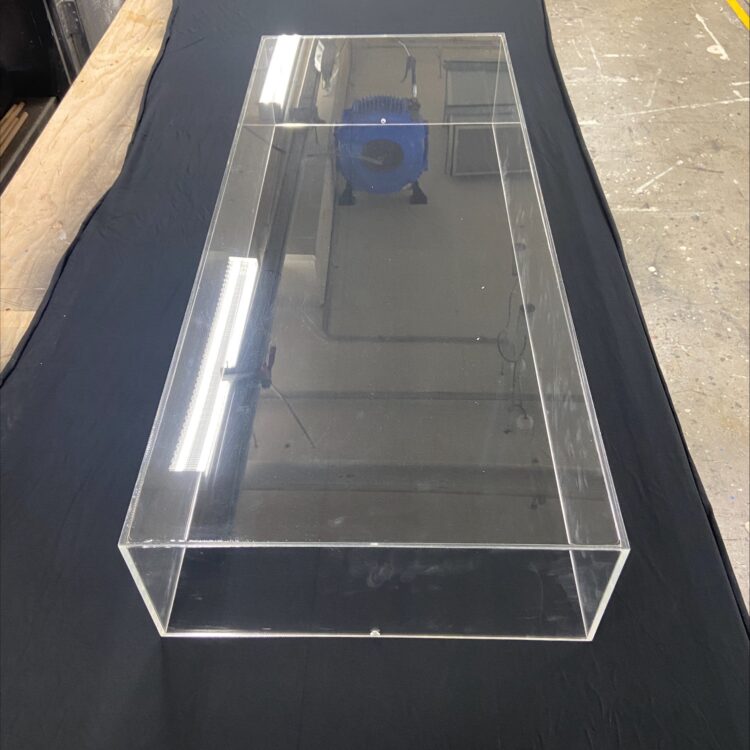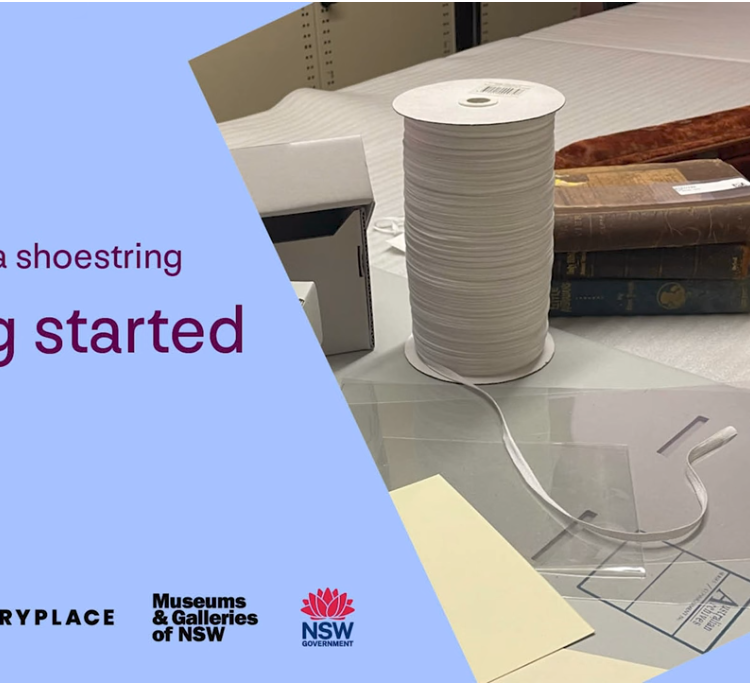The loan of objects to other museums and public venues is a great way to share collections and is a critical element in developing new and dynamic interpretations and displays for the small and volunteer-run museum sector.
The administration of loans is an integral part of museum operations that provides potential benefits for participating institutions, staff and audiences.
Museums hand over responsibility for objects when they lend them, so it’s important for both the lender and borrower to have clear, unambiguous documentation.
Loan documentation provides a legal basis for this transaction that sets out the duties of each party and limits liabilities. A loan agreement is written to protect those bound by it, with the care and preservation of objects seen as top priority.
Loan documents are used by a variety of people and should be written in Plain English and made available in the most accessible form. This may be in hard copy format, kept in marked folders or within your museum database system.
It is important to build into your loan documentation processes periodic personal contact between lender and borrower. Going to visit your object and speaking with the museum representative is usually the easiest means of dealing with any problems or queries that may arise with the loan.
The following M&G advice is designed to encourage museums to look at the first principles of loan documentation and to make their collections more accessible to other institutions.
So get to it and share yourself around!



